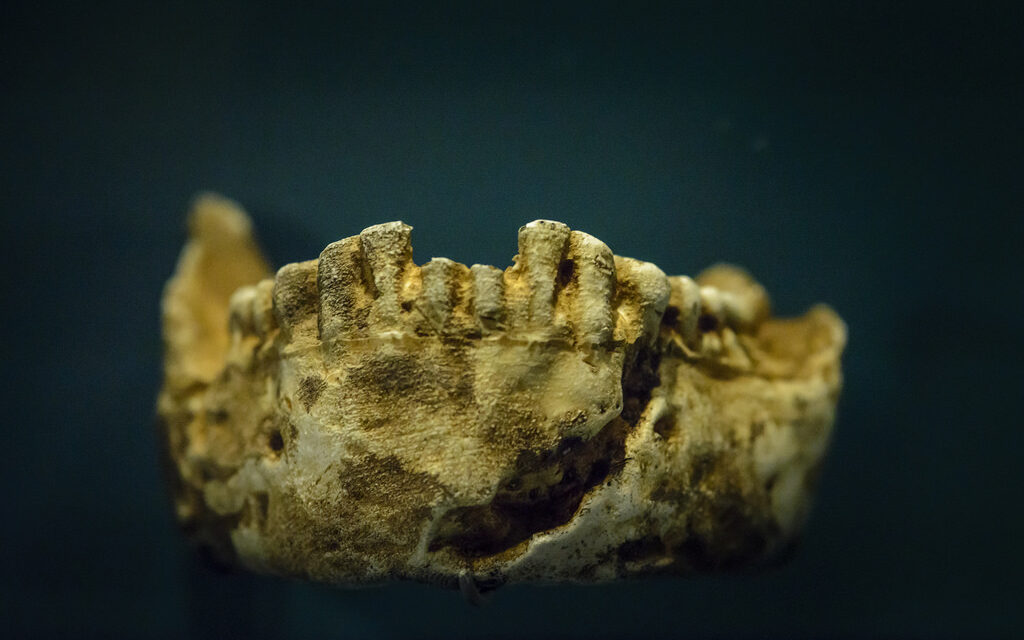New Scientist
Image: pijpers662
In 2013, Lee Berger at the University of the Witwatersrand in Johannesburg and his colleagues made an extraordinary discovery – deep inside a South African cave system they found thousands of bones belonging to a brand new species of early human — and now we finally may know when this species lived and how it fits into our evolutionary tree.
By 2015 it was becoming clear that the new species, which was named Homo naledi, was unlike anything researchers had discovered before. Although parts of its skeleton looked identical to our modern human anatomy, it had some features that were strikingly primitive – including a skull that was only slightly larger than that of a chimpanzee.
But Berger and his colleagues had trouble establishing how old the H. naledi fossils were. Without that piece of information, most other researchers agreed that the true significance of H. naledi for understanding human evolution was unclear. Guesses have varied from as old as 2 million years to as young as 100,000 years.
Today, news broke that Berger’s team has finally found a way to date the fossils. In an interview published by National Geographic magazine, Berger revealed that the H. naledi fossils are between 300,000 and 200,000 years old. Read more on newscientist.com…








